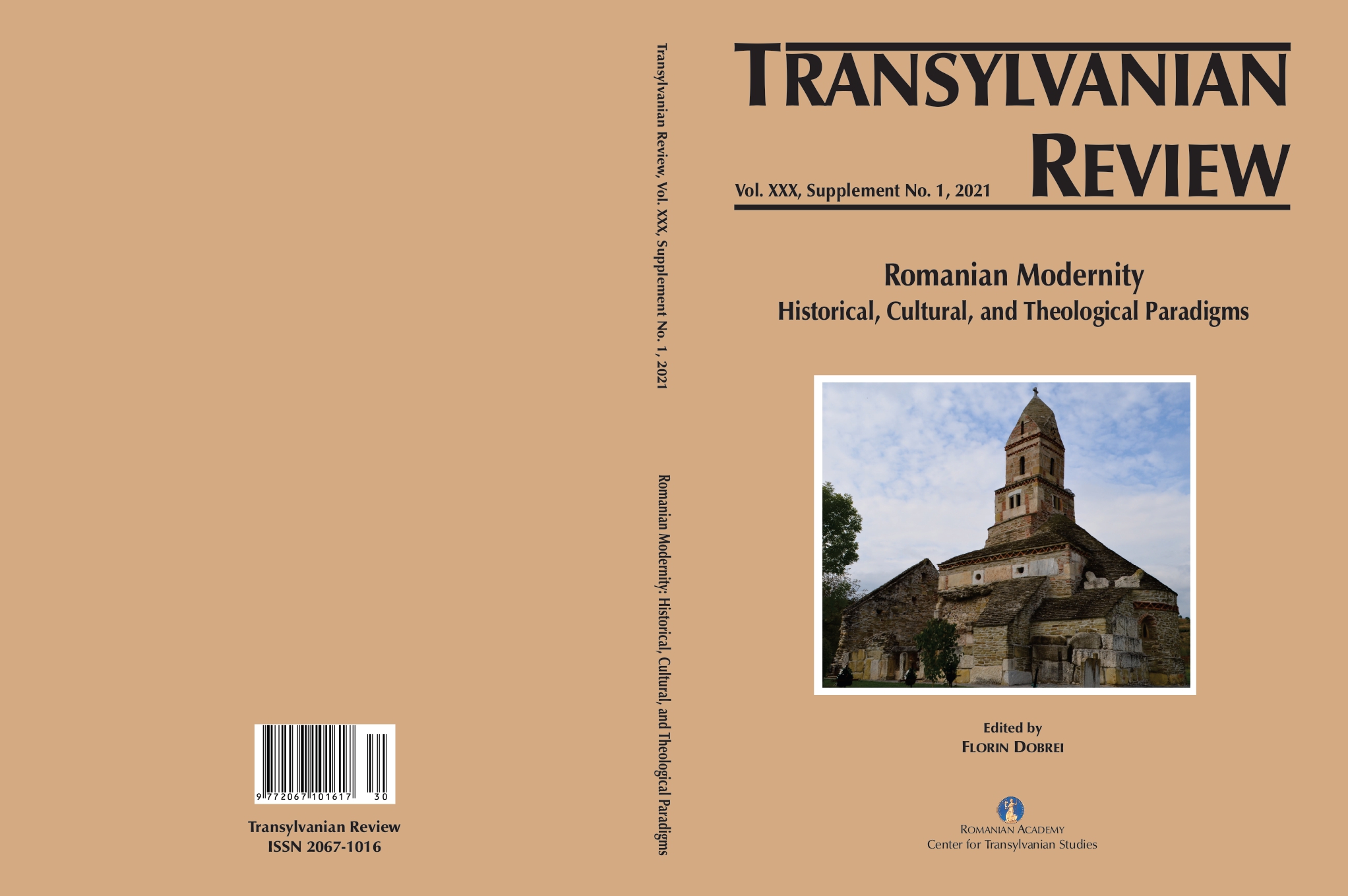Les bergers, vecteurs précurseurs de la diffusion et la consolidation du roumanisme
Romanian Shepherds, Precursor Vectors of the Dissemination and Consolidation of Romanianism
Author(s): Alexandru Păcuraru, George Bogdan TofanSubject(s): Anthropology, Social Sciences
Published by: Academia Română – Centrul de Studii Transilvane
Keywords: national identity; “sheep economy”; transhumance; doublet village; toponymy of pastoral origin;
Summary/Abstract: The Romanian Carpathian area, harmoniously arranged in several major categories of relief —mountains, hills and plateaus, plains—, a perfectly proportionate triptych covered in rich vegetation, as well as the Romanians’ nature and inclination for sheep breeding were the main elements that led to the beautiful evolution of the “sheep economy.” The natural geographical context played a crucial role also in shaping the inhabitants’ character, according to the rules of what is called “geographical determinism.” Not surprisingly, the largest sheep economy developed on the northern slopes of the Southern Carpathians. During their long voyages with their flocks along the alpine pastures, shepherds had an overall view on the Carpathian space, which, when descending to the valleys and the plains, they sought to occupy to its natural limits, corresponding to the last deposits of the Carpathian sedimentary materials.
Journal: Transylvanian Review
- Issue Year: XXX/2021
- Issue No: Suppl. 1
- Page Range: 285-312
- Page Count: 27
- Language: French

